Living in the Japanese Countryside
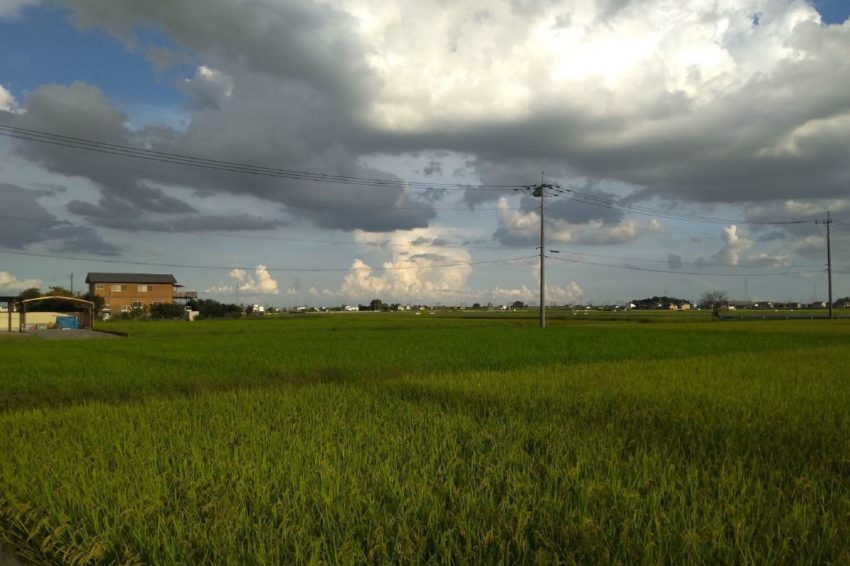
CONTENTS
Top photo: Amrita Chandrasekar, used with permission
Japan is widely known for its brilliant neon lights interspersed with subtle pockets of culture in everyday life. However, if you live outside the city, you are likely to be welcomed by a view like in the picture above. Lush green rice fields that stretch for days, busy highways, hardly any people around and no buildings taller than two storeys anywhere in sight. While the Japanese countryside or inaka provides this stunning view everyday, living here can seem quite daunting.
I grew up in a big city and living in the inaka was an eye-opening experience for me. If any of you are the same, you probably feel this too. If you drive, then this is an amazing place to live in, but if you ride a bike (like I did), then it can be challenging to get anywhere. Nevertheless, I eventually struck a balance and will explain how you can do the same in your new countryside life.
Part 1: Road Safety and Vigilance
One of the first things you notice (and one that your coworkers will warn you about) in the countryside is the apparent lack of streetlights. Once the sun sets, it is pitch black outside and more so in winter when the sun sets earlier in the day. Houses are often attached to fields and are far apart, so it can seem dark for long stretches of the road.
Moreover, highways connect towns and cities so much of the road network in the countryside is made up of fast highways where accidents sometimes occur or narrow back roads with little to no space in bike/pedestrian lanes, making cycling difficult.
Ensure that your bicycles are fitted with dynamos to help navigate the dark and spend time venturing out into your little town to familiarise yourself well with all the important roads and landmarks. When on the highway, make sure to ride your bicycle at a safe speed and watch out for fast vehicles at intersections.
Take multiple routes to school to find roads with wider bike lanes and decide which one is the safest, fastest and most comfortable. Schools can be quite far away from your residence so knowing your route to school and back can go a long way to ensuring that you are safe during your commute.
And hey, you can stop to smell (or take pictures of) the roses once in a while!
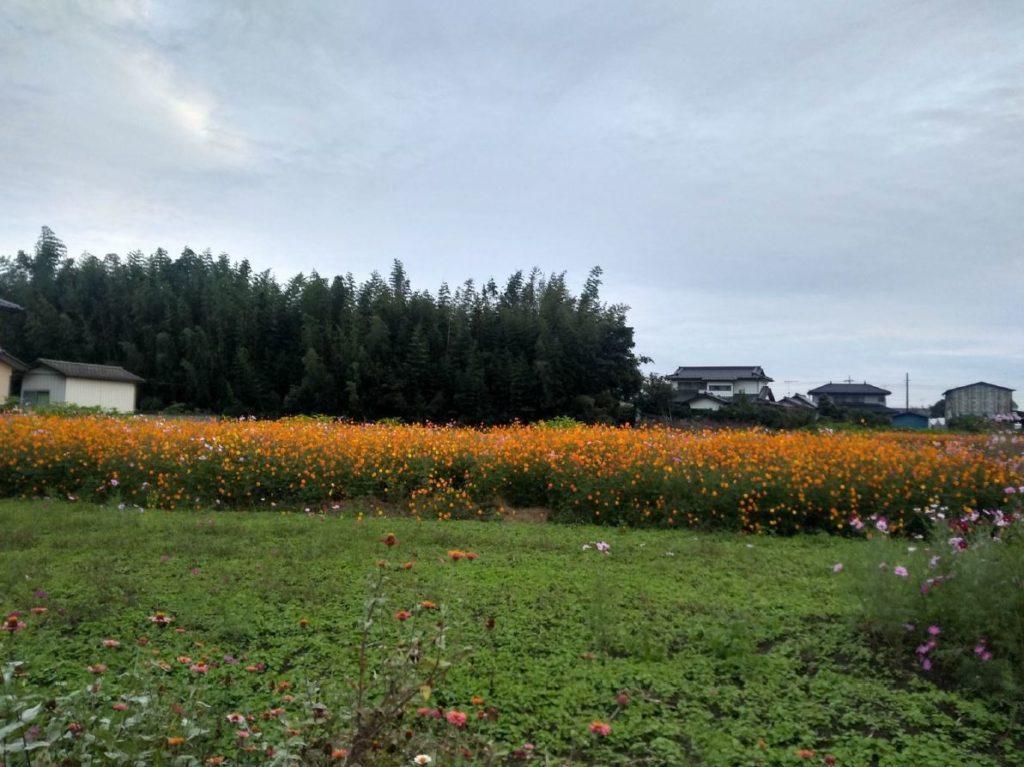
Part 2: The Convenience Store is Your Best Friend
Unlike larger towns and cities, the countryside does not have many supermarkets and shops around. Big shopping centres are quite far away and it doesn’t feel worth making the long trip on a bicycle just to buy some carrots. But you can always rely on a trusty convenience store for most of your immediate needs. Don’t feel like cooking on a Friday evening, fret not, you can go to the local kombini! In winter, the bright glow of the kombini offers a warm respite from the cold and the darkness.
Your bicycle can fit more than you think!
Nevertheless, there would be a supermarket in the general area for your weekly shop. It is worth fixing up some baskets onto your bicycle and carrying backpacks when shopping. Your bicycle can hold much more than you think it can and it makes shopping less arduous. If you are not familiar with local shops, coworkers can help you a lot with learning more about your immediate area.
Part 3: Serious Fitness Solutions
Oftentimes, finding a gym or organised fitness space can prove to be a challenge in the inaka. It is easy to eat something quick from a kombini at the end of a long day or just nap after school during the hot summer and cold winter months. Life in the country can seem rather quiet and uneventful and you might find yourself just tucking in and bingeing Netflix at the end of the school day instead of finding creative ways to workout (Believe me, I’ve been there!). But there are options for fitness enthusiasts even so far out of the city.
Make your commute a workout!
Riding your bicycle to school everyday is a workout in itself. I used to ride 9 km each way and it can get exhausting especially when rain is lashing down, soaking you to the bone! But these rides became more enjoyable when I broke up the journey into mini bike sprints. Long stretches of road between traffic lights are great to get some sprints in and to get you to your destination faster. Moreover, with fitness apps or a fitness watch, you can track your rpm, incline and calories (which is great for cycling enthusiasts).
Of course, please follow road safety rules and be aware of your surroundings, especially on big roads. The nearest hospital might be a few miles away in the neighbouring city and it is important to remember that when on the road.
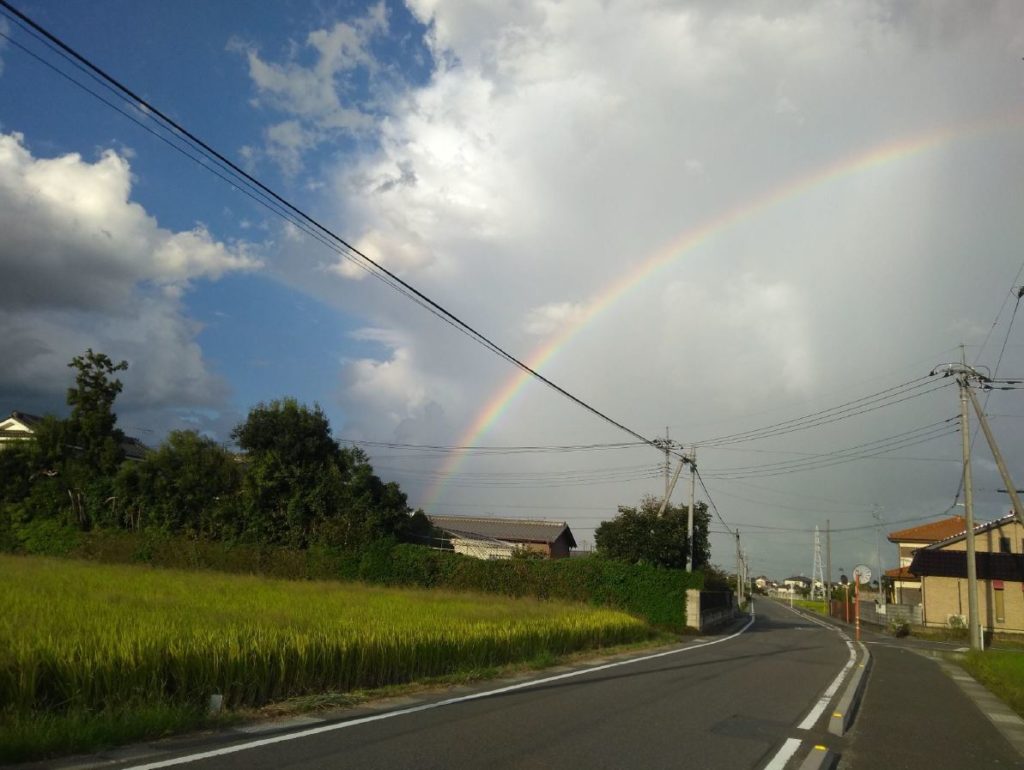
Look up your local community centre!
Organisation and planning of even the tiniest towns in Japan is exceptional. Most small towns have a local community centre with amenities like sports, venues for events and more. Because of the small size of the towns, the community centres are near and within walking distance of each other. My town had a local swimming centre, an outdoor sports space and park, an indoor sports space with a small gym and an event centre for arts. Some spaces might be restricted to organised classes or school teams’ practice sessions but still offer an opportunity to try a new sport.
This is good for major fitness enthusiasts looking for organised fitness because there is a variety of sporting opportunities by way of adults’ tennis lessons at the weekends or swimming, among others. I joined a local hip hop class which made my Fridays so much fun! It also gives you the opportunity to get to know the people in your local community and participate in any community events.
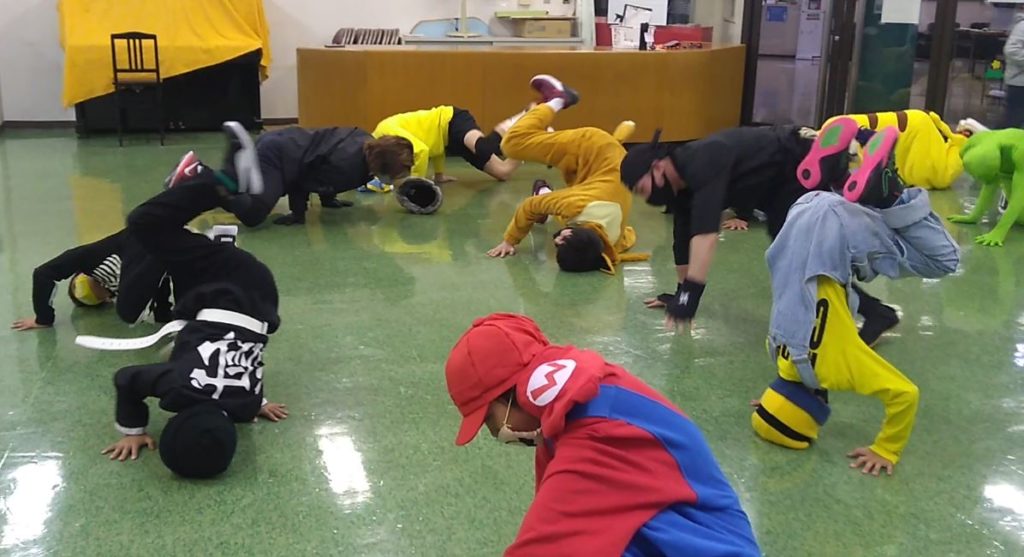
Part 4: Maintaining a Social Life
Probably the hardest part of living in the inaka is how far away you are from centres buzzing with social activity and places to go to. Whether or not you enjoy the solitude and endless quiet of the country, being social in small ways is part of the ‘inaka lifestyle’ in my opinion. Being such a small and intimate community made up of families, it can be hard to find out about events or opportunities to meet people. But the local town hall is and community centres do a fantastic job in organising events and classes.
Try town events and classes!
As mentioned earlier, you can meet people and make friends through sports classes or visiting the park. Country folk are kind and warm so dog walkers and passers-by are happy to have a conversation with the newcomer in town.
Town events are a wonderful socialising opportunity too. My town organised an annual Halloween fair with shops promoting local entrepreneurs and stalls selling everything from handmade jewellery to ice-cream for young children in the town.
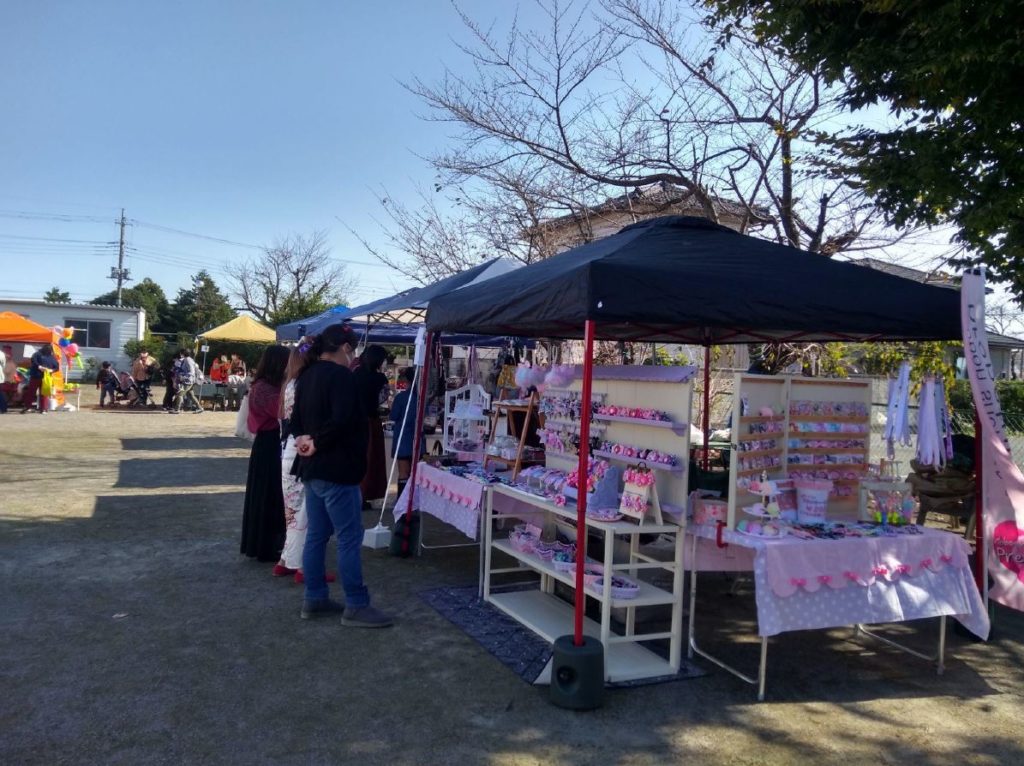
Visit neighbouring cities!
As peaceful as the inaka is, it is nice to take a break every now and again to go to a city. Japan’s world-renowned rail network connects most areas ensuring that you can hop on a train to the nearest city and back even if it means taking multiple trains sometimes. Most towns are connected to a bigger neighbouring city with restaurants, shopping centres, parks, museums and art galleries. It’s a nice escape after a busy week and you can see much more of what your prefecture or local region has to offer.
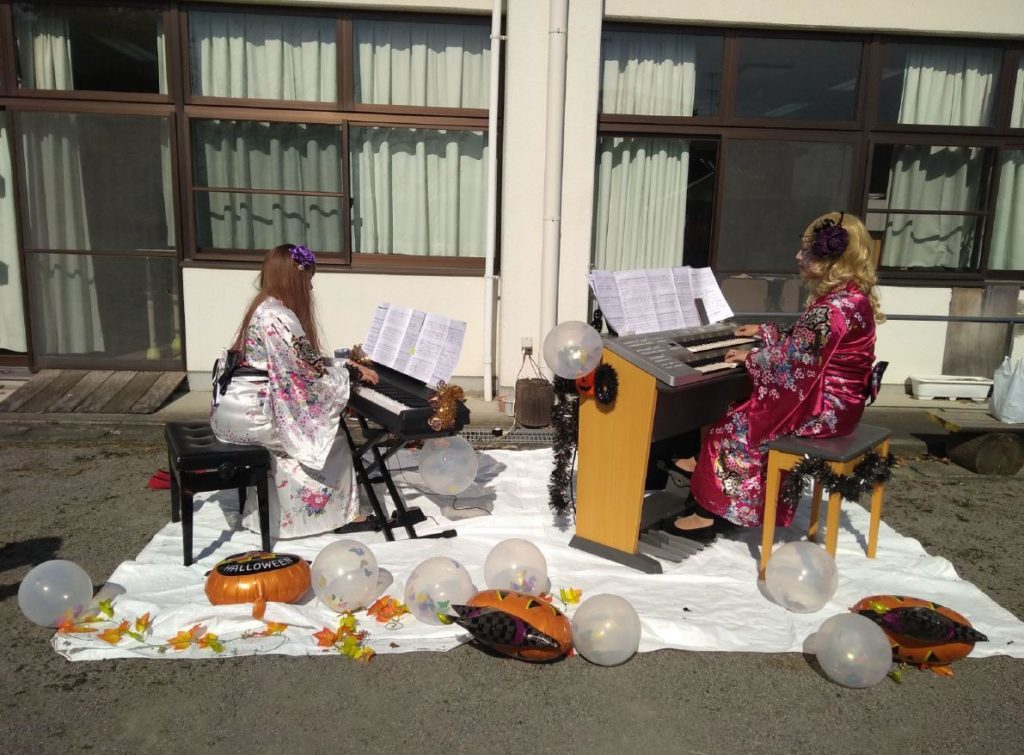
Moving to the countryside can be a difficult adjustment, and the language barrier can often seem overwhelming. But the patience of local folk in dealing with someone with limited Japanese knowledge and the gentle pace of life in the inaka gives you a lot of time to ease into your new lifestyle.
Hope you can make the most of your inaka experience!
Photo Credits:
Top photo: Amrita Chandrasekar, used with permission
All additional photos provided by Amrita Chandrasekar, used with permission
All other content (text) created by the original author and © 2021 MUSUBI by Borderlink
RELATED
-
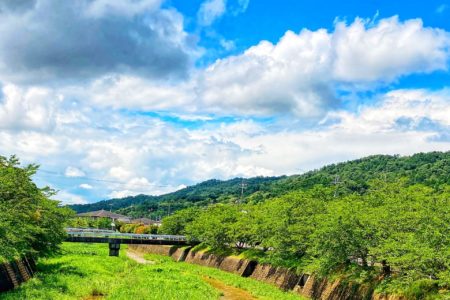
At a Glance: 3 Treasures to Find in Konan, Shiga
Top photo: Sheena Honjo (original author), used with permission Many people are looking for something interest… -
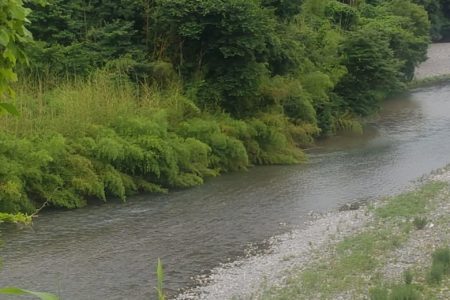
At a Glance: Cruising in Tsuchiyama
Top photo: John Paul Todd-Pantaleon, used with permission When one thinks of places in Japan, several immediat… -
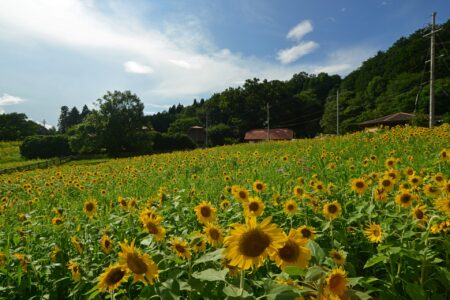
Ayabe City Through a Foreign Lense
Top photo: KKフォト on PhotoAC Welcome to Ayabe City. This travel guide will provide you with all the information…
PEOPLE

Amrita Chandrasekar
From India
Has experienced Japan for over a year!


